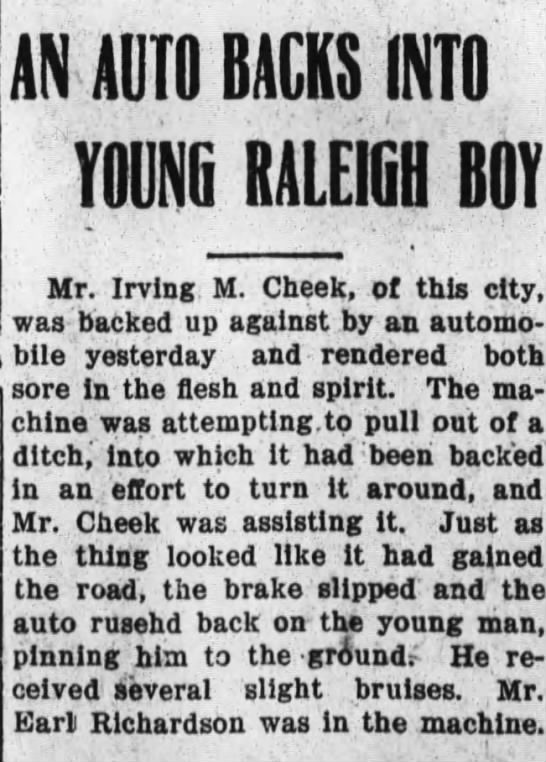How Sweet It Is—Molasses
Before
World War I, molasses, known as treacle in England ,
was the main sweetening agent throughout the United States . In the South, much
of what was called molasses was really sorghum syrup, made from the juice of
the sorghum plant. People bought it by the gallon and used it in many different
ways.
The
production of sorghum syrup aka molasses was often a community affair. Usually,
one or two people had a reputation of being good molasses cooks and they would
be in charge of how everything was done. The residents of Goose
Creek Island [1] in
Pamlico County Goose Creek
In the
fall, the sorghum stalks (similar in appearance to corn) were stripped of their
leaves and “stalks were cut and piled heads and tails together. The heads were
cut off and when dried, children parched them like corn and ate them.”
The juice
was removed from the canes by a press. It takes about 10 gallons of juice to
produce 1 gallon of syrup. “The press which was used to squeeze the juice from
the cane was turned by a horse or mule which was harnessed to a twelve or
fourteen foot pole and operated clockwise. The horses had to be changed
frequently because they became drunk from walking in circles. The prepared cane
stalks were fed into the press, small end first, by men and as the juice was
squeezed, it ran into a bucket, lard tub, or any available container.”
 |
| This is a picture of a sorghum press in the mountains of North Carolina. Taken from Digital lHeritage Organization - https://digitalheritage.org/2010/08/making-sorghum/ |
The sorghum
syrup was produced by boiling it several times. “A furnace, which was
approximately six by four feet, was used to cook the molasses juice. The
furnace, fired with wood, contained seven cooking vats. The raw juice was
poured into the first vat and as it cooked, it was stirred with wooden paddles.
After some of the water was cooked from the juice, the juice was let out of
this vat through a trap door into the
next vat. This process continued until the juice was syrup or molasses.”
As the juice boiled down, a greenish foam formed
on top. “Parents made wooden paddles for their children to use to dip
the foam off the juice as it was cooking. That was a great treat for children,
because they didn’t get the sweets our children get today.
“The cooked
molasses was stored in wooden barrels and used for sopping, baking cakes and
cookies, making candy, and as a sweetener. If overcooked, the molasses turned
to sugar, but was still used in baking and as a sweetener. If undercooked, the
molasses tasted green."
Each of Goose Creek Island Middle Prong Road and led to the Jesse
Carawan Landing. At Jesse Carawan’s death, his son, John Carawan, (1886 -1962)
operated the molasses cooker. John Carawan moved the cooker to … the main road
in Lowland."
“The first
known molasses cooker on Hobucken was purchased new by the Farmer’s Alliance members in 1890.
It was operated by Simeon Sadler (1854-1914) on the Steve Jones property across
from the present Virgil Carawan home site. Louis Goodwin (?-1908) took over the
operation of the molasses cooker from Simeon Sadler and moved the cooker to a
site behind the Wade Barnett home. After the death of Louis Goodwin, the cooker
was moved around the community so each cane farmer could use it.”
________________________________
[1] Goose
Creek Island is at
the northeastern point of Pamlico
County Goose Creek Island ’s
two communities —Hobucken and Lowlands—voted to become part of Pamlico County Intracoastal Waterway . The book, The Goose Creek
Islander 1879-1974, was compiled to commemorate the centennial of Goose Island
[2] The event of making
sorghum syrup and sorghum molasses would typically see the ladies of the
community as skimmers while their men brought the cane in from the fields and
ran it through the rollers of the cane mill. However, only the "syrup
master" could pronounce the end compartment ready to be "poured
up." It was his practiced eye and keen sense of taste that told him when
it was time. Fain’s Sorghum Molasses http://fainshoney.com/test/descriptions/sorghumMolasses.asp







